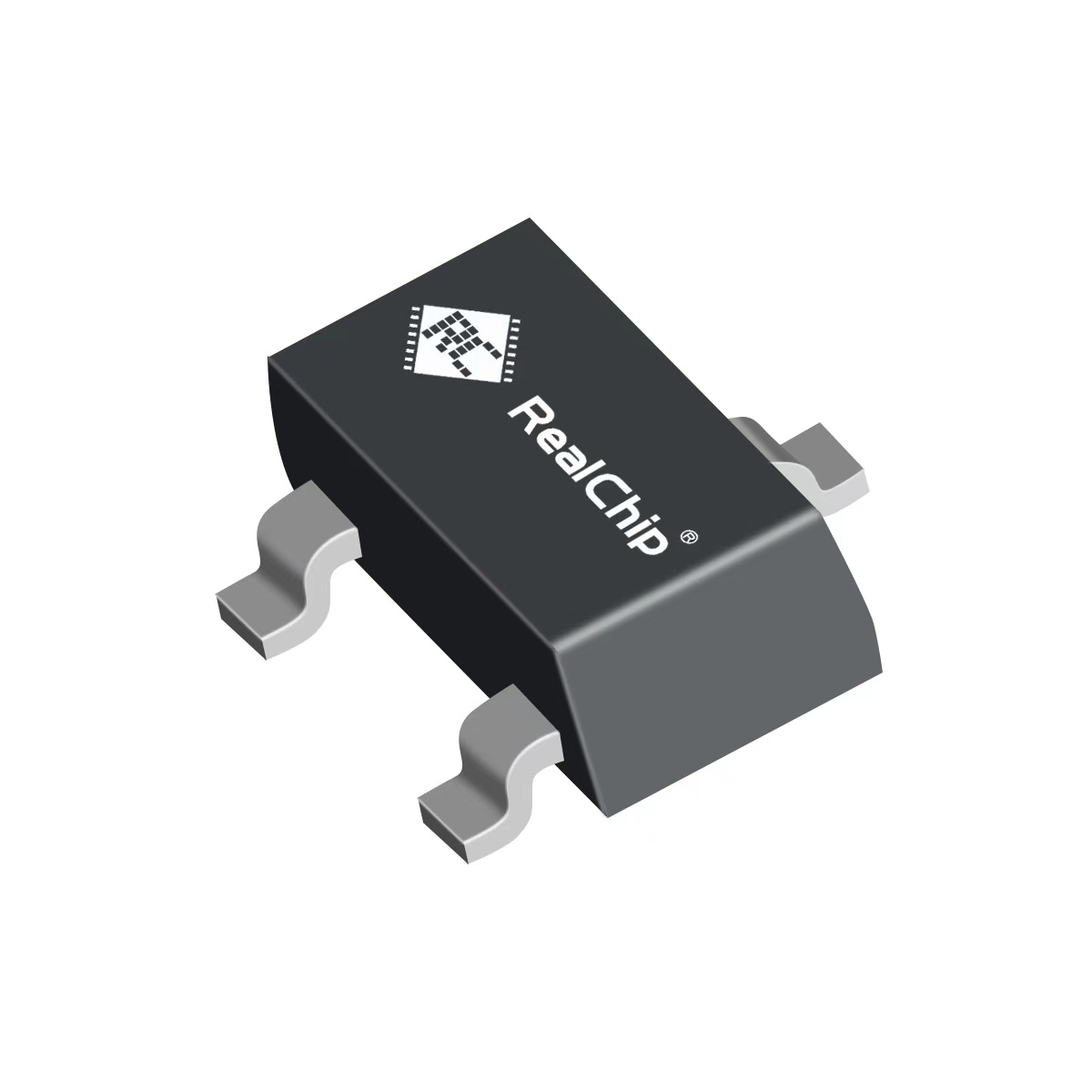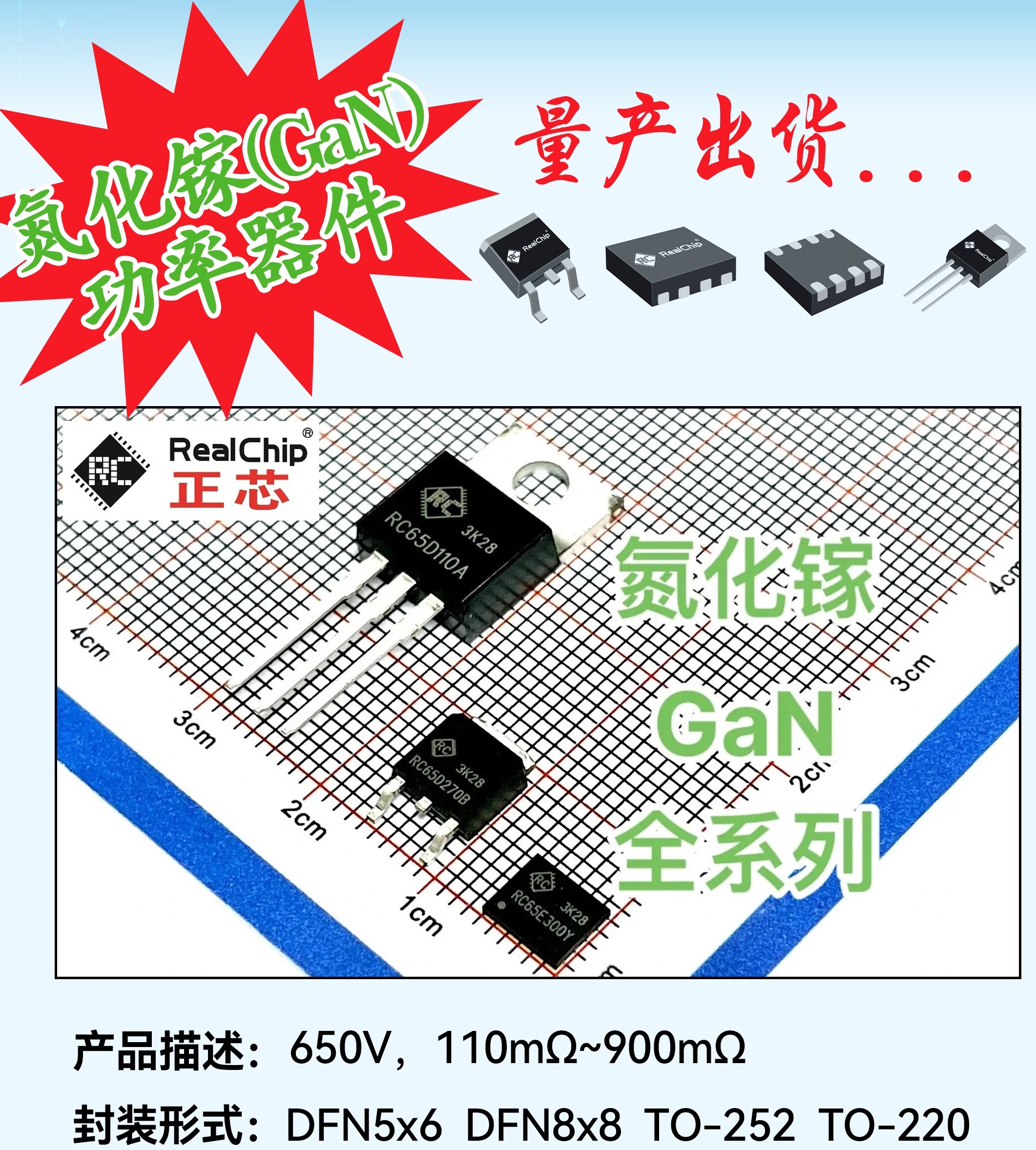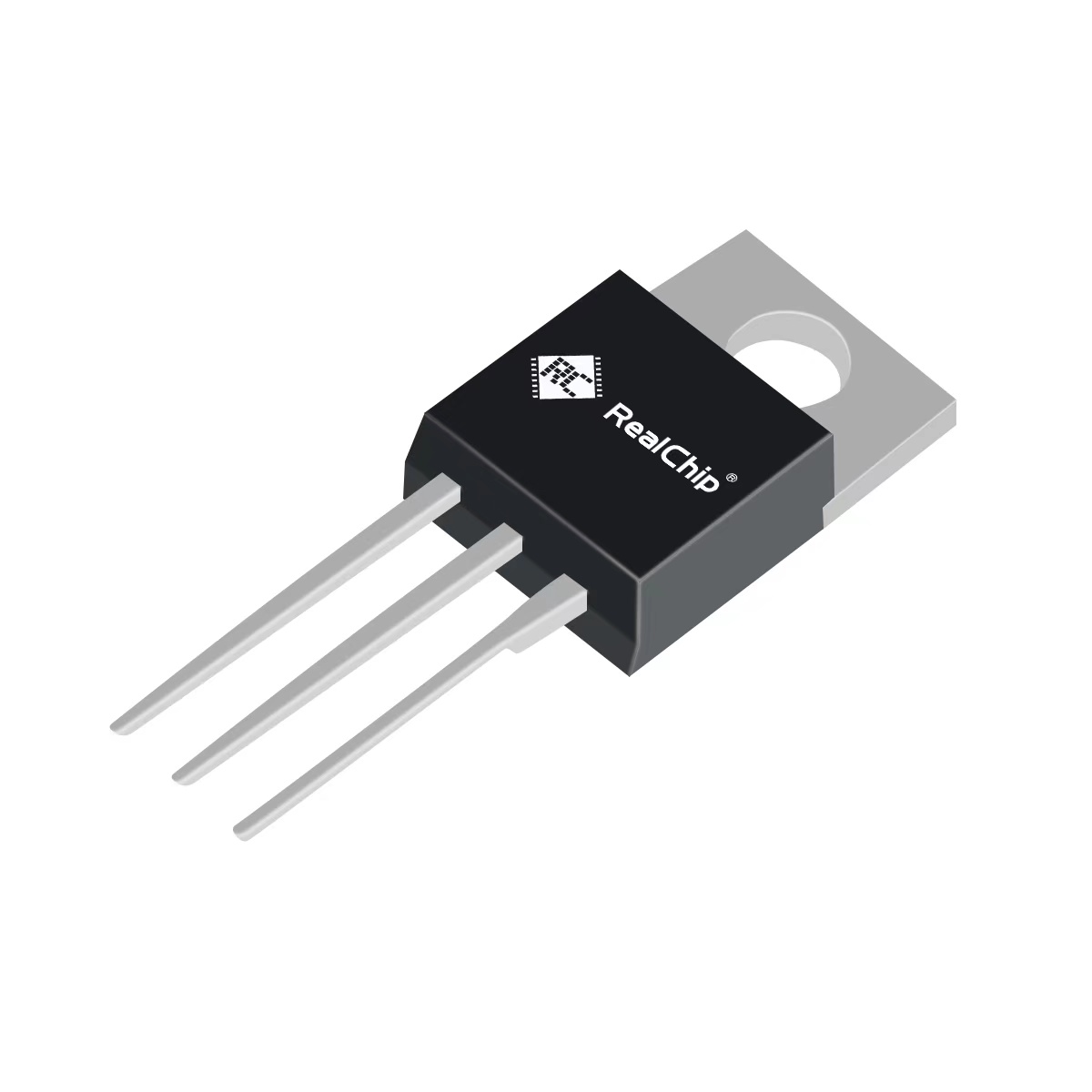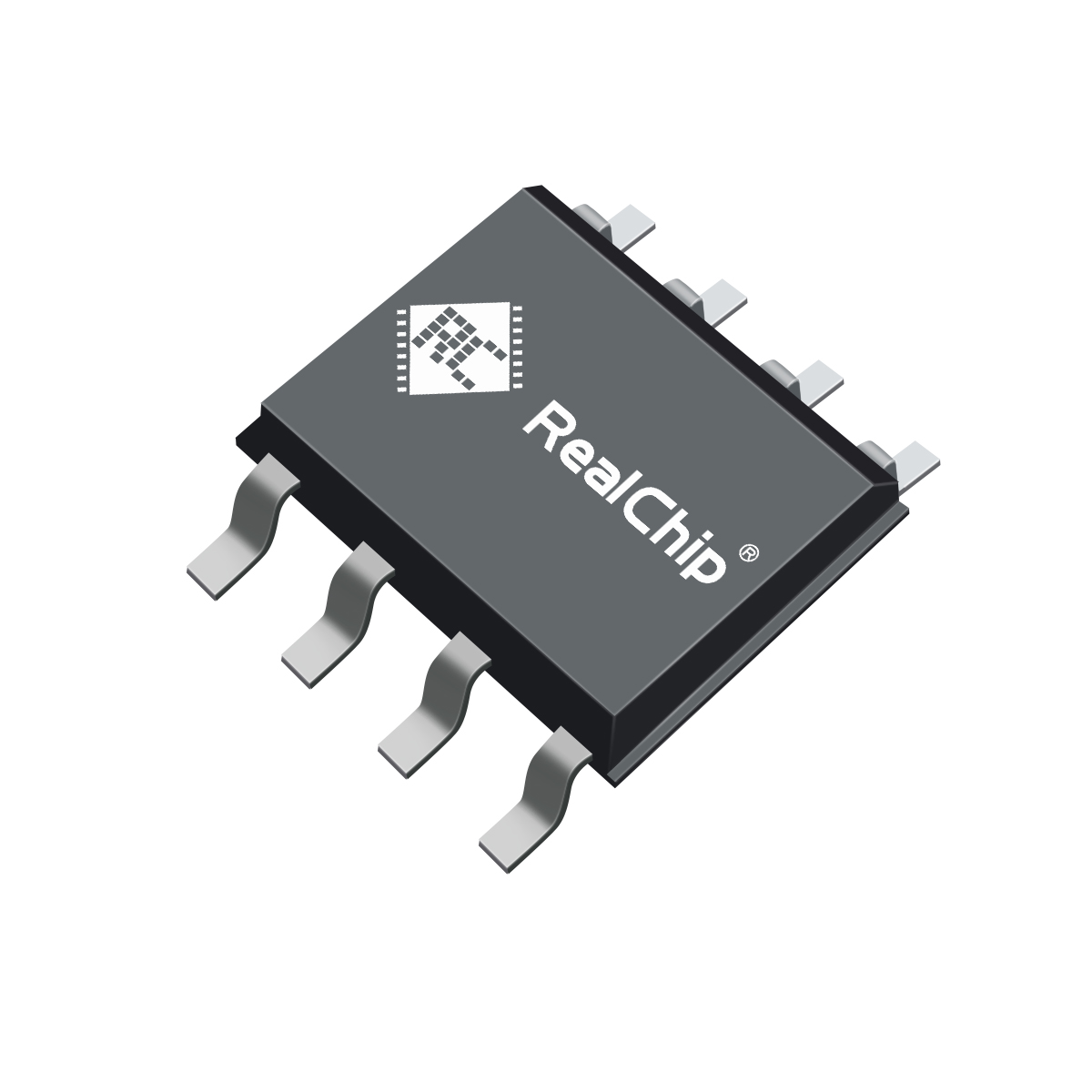In traditional beliefs, the construction industry has always been a very traditional industry. Young people would rather deliver takeout than follow in the footsteps of their parents and step onto construction sites. The working environment on the construction site is characterized by dirt, disorder, poor quality, and high risk. Especially for high-altitude suspended exterior wall operations, it is very dangerous. And construction robots can precisely solve the pain points of these manual operations. For example, using exterior wall spraying robots can perfectly replace manual labor and avoid the unexpected risks brought by high-risk manual operations. And this is just a small change brought by construction robots in the field of construction. In the future, intelligent robots can provide one-stop solutions for spraying, mixing, painting, cleaning, transportation, brick laying, wall laying, and more.
2、 The "Small Materials and Big Applications" of Measurement Robots
Of course, in the construction industry, the most indispensable thing is the actual measurement.
In the past, we mainly relied on manual measurement, but manual measurement has undeniable limitations. The flatness of the wall is limited by the naked eye, making it difficult to achieve perfect results. But with the use of measuring robots, it can be precise to the millimeter level, far beyond the naked eye.
This is not a conceptual robot, but a practical measurement robot that has already been technologically implemented. Although it is small in size, its effect is significant.
On July 28, 2021, the Ministry of Housing and Urban Rural Development released the first batch of replicable experience and practices for the coordinated development of intelligent construction and new building industrialization, and the Bozhilin measurement robot was shortlisted.
1. Practical experience
Compared to manual measurement, Bozhilin measurement robots can demonstrate their advantages in measuring area, measurement efficiency, measurement accuracy, and other aspects. Even in complex and ever-changing construction environments, it can still quickly and accurately complete measurement tasks according to different layouts and construction stages. On average, it can generate single room measurements and data reports within 2 minutes.






